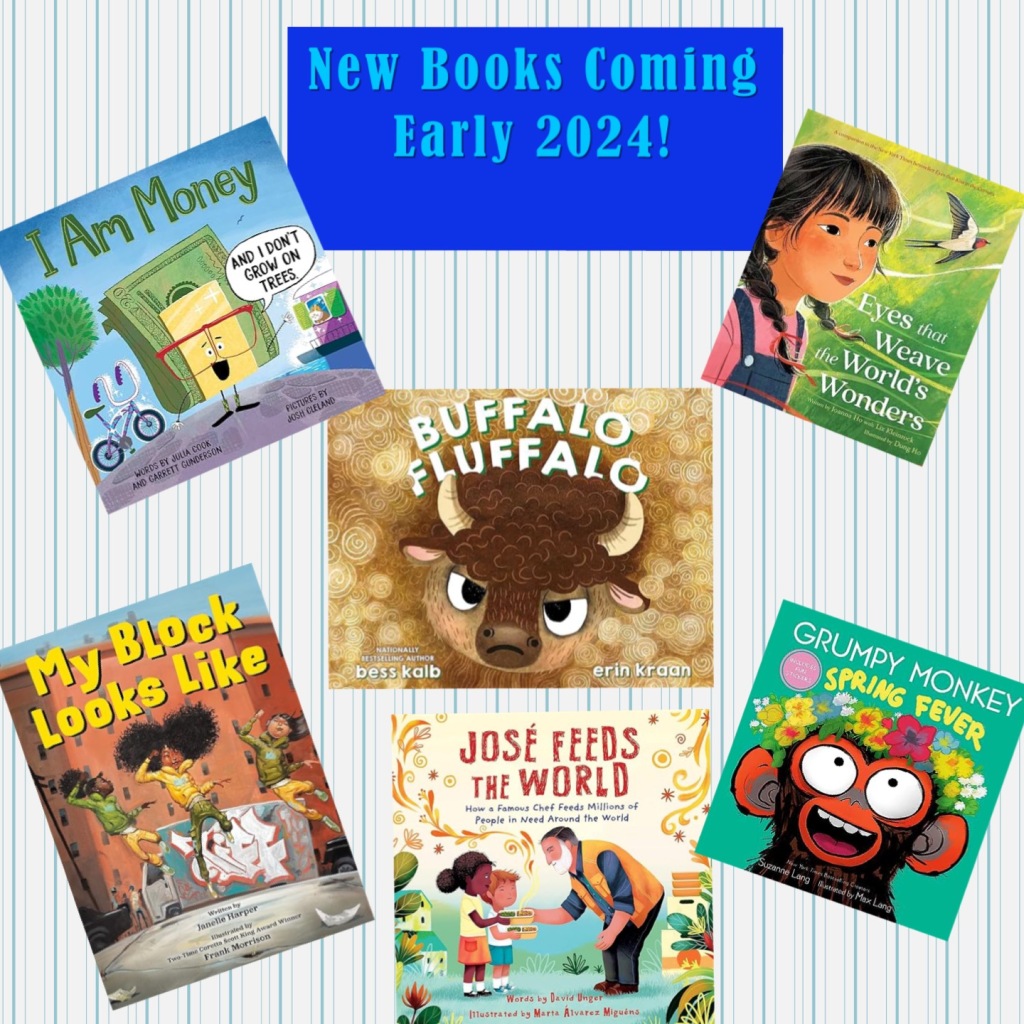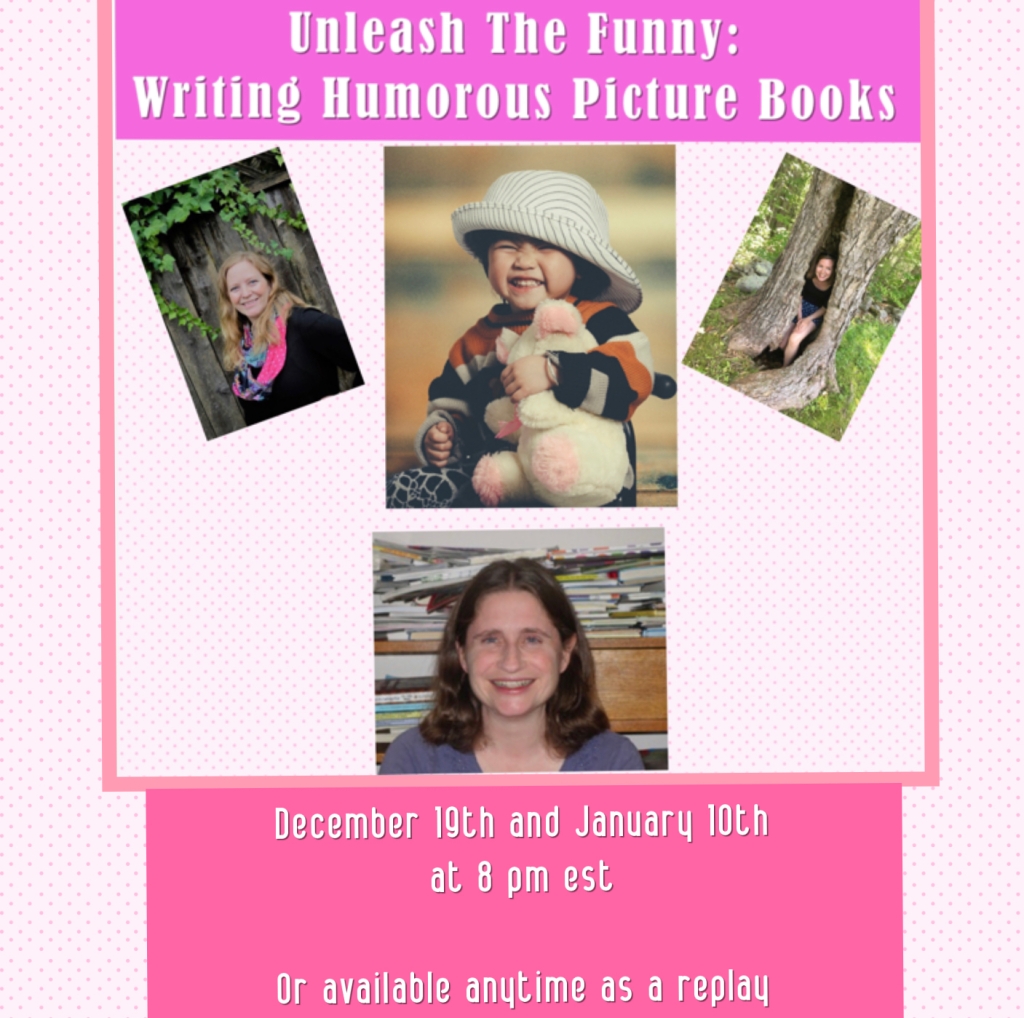
In today’s #ChatWithThePBLady, Jessica Stremer shines light on the important issue of light pollution. Read on to find out more about her book Lights Out, and how light pollution affects the wildlife around us.
Illustrations by Bonnie Pang.
📚 Do you like to have background noise when you write? Or do you prefer it to be quiet?
Definitely quiet.
📚 If you could travel to someplace new, where would you go?
My “to visit” list is just as long as my “to be written” list! Abroad, I really want to explore Vietnam, Cambodia, and Thailand. Within the U.S. I’d love to take a trip to New York.
📚What do you consider to be the best invention of all time?
This is tough! There are so many things that make life easier that I’m extremely grateful for, but I can’t help to also take into consideration the environmental impacts that go along with our advancements.
📚Now, let’s talk about your beautiful and important book Lights Out. Can you tell me a bit about the inspiration behind this story?
I originally wrote a story about flyways and all of the obstacles birds face during migration. My agent liked the idea but felt the manuscript wasn’t quite there. She suggested I focus on just one of those obstacles, and being in Texas where the Lights Out movement is more well-known, offered that as something to look into. I hadn’t heard of the Lights Out movement, but the more I researched the more I could see the story forming.
📚When people think of pollution, they often think of air pollution. Can you tell me more about what light pollution is, and why it’s a problem?
Light pollution happens when artificial light causes a brightening of the night sky. Light pollution can come from street lights, porch lights, billboards, vehicles, and even indoor lights from buildings without blinds. Light pollution disrupts the night/day cycle. It can negatively alter the behavior of animals, and decrease the ability to see stars and other objects in the night sky.
📚 In your story, Sparrow’s are affected by the city’s light pollution. Are there any other bird species or (other animals in general) that are affected by this type of pollution?
Any type of migrating bird can be affected by light pollution. I chose to highlight the sparrow because they are what scientists call a super-collider – a species of bird that experiences a higher rate of building collisions than other species. Many other nocturnal animals are negatively affected by light pollution, including turtle hatchlings who may head inland towards the lights of nearby houses instead of out into the ocean towards the light of the moon. Light pollution can also make it more difficult for nocturnal predators to hunt.
📚Your book gives easy and practical ways that children can help fight against light pollution. Can you tell us about one of them?
Sure! The easiest thing anyone can do is flip a switch to turn off any unnecessary outdoor lights. You can also close blinds and shades to block out light coming from inside your home. Lastly, kids can draw and write letters to their community leaders and business owners asking them to participate in Lights Out during peak migration periods.















